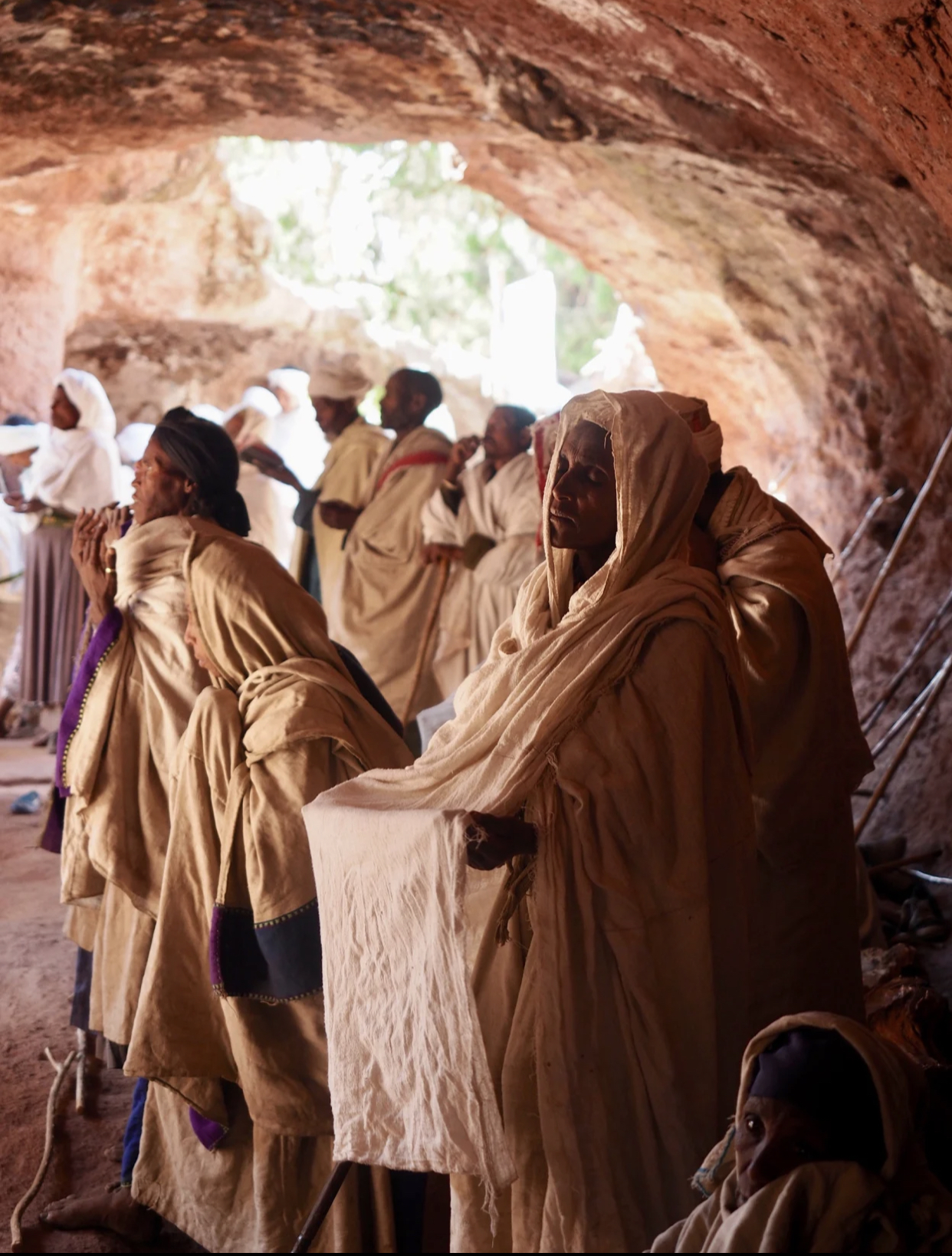The UNESCO World Heritage Committee will discuss the state of conservation at the Lalibela in northern Ethiopia; known by many in the country as ‘the second Jerusalem’. Lalibela, also known as ‘Africa’s Petra’, is interesting in terms of historical, religious and architectural value.
Originally the town was the capital of the Zagwe dynasty in the 12th and 13th centuries. Lalibela in northern Ethiopia is known by many in the country as ‘the second Jerusalem’.
Lalibela
The town of lalibela is now one of Ethiopia’s holiest cities, second only to Aksum; with a population almost 100 percent Ethiopian Orthodox Christian.
The new name Lalibela came from an Ethiopian King who, legend has it; was instructed by Jesus Christ to build a second Jerusalem for African pilgrims.
King Lalibela is believed to have ordered the building of 11 extraordinary churches at the end of the 11th century and beginning of the 12th.
The eleven churches were chiseled out of rock.
With their roofs all at ground level – the largest church is more than 12 metres (39 feet) high.
The area remains a centre of pilgrimage for priests and worshippers from across the world.
Orthodox Christians who live in Ethiopia navigate their way around the churches, treading carefully on the steep stone steps and through ancient tunnels linking the buildings.
Others sit quietly and pray or study the Bible.
But over the some 800 years since the churches were built, torrential rain and blistering sunshine have taken their toll on the buildings which are starting to crumble and crack.
The U.N. World Heritage Committee, which is currently meeting in the Chinese city of Fuzhou, is discussing the state of conservation of a number of sites with World Heritage status and will conduct a vote to decide whether some of those sites should be designated as “in danger.”
It remains to be seen whether the U.N. World Heritage Committee this week would designated the site as “in danger.” According to Africanews.

